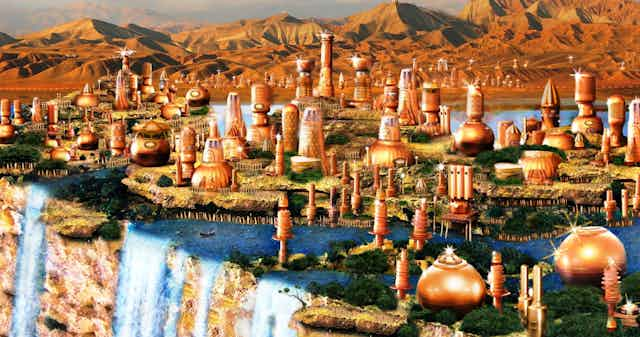How can we predict the futures of cities? We could study population statistics that record the number of births and deaths, and rate of migration, so as to anticipate the prospective sizes of cities. Or we could analyse technological trajectories and business trends to forecast economic possibilities. Here is yet another way: the “Literary Method of Urban Design”, which employs works of fiction to predict likely scenarios.
At its simplest, this method comprises three steps:
- select a work of literature
- select a city
- use the themes of the selected work of literature to design the future of the selected city.
The best way to see the Literary Method in action is via case studies – a sample of which is presented below.
Case Study 1: The Future of Leuven as inspired by Thomas More’s Utopia
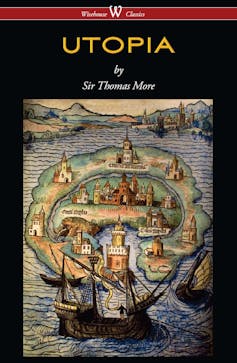
More’s Utopia was published 500 years ago in the city of Leuven, then a part of the Netherlands. The book is about a faraway ideal island state, free of the ills of European cities. Utopia had no corruption, no crime, no tyrants – just happy people living free.
Inspired by this Utopia of no ills, here below is a scenario for the future of Leuven; offered as a pathway to rid the city of environmental woes.
It is often suggested that the single most eco-friendly thing we might do is to become vegetarian. Future Leuven takes this idea seriously by banning the sale and consumption of meat and, in turn, the city offers free vegetarian lunches to all. Cabbage is afforded a special place in vegetarian Leuven as the local exemplar of sustainable greens, for it does not need heated glasshouses and can easily be grown organically. As well, cabbage can be grown wild to add to the biodiversity of the cityscape.
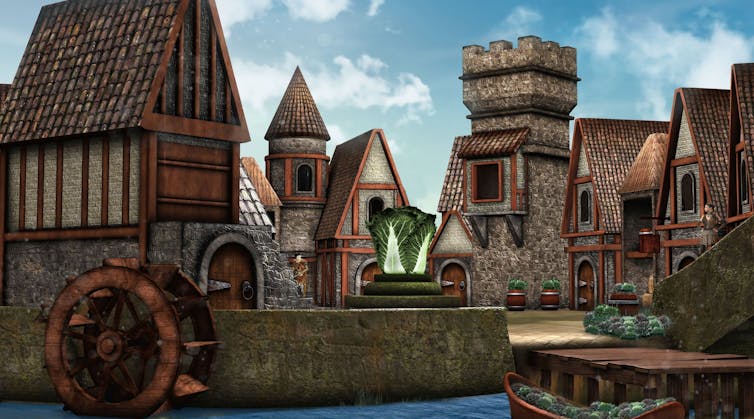
Case Study 2: The Future of Singapore as inspired by Jonathan Swift’s Gulliver’s Travels
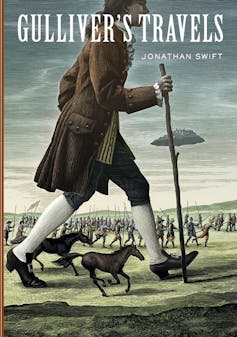
Gulliver’s Travels was published 300 years ago as the logbook of a fictional explorer.
During one voyage, Gulliver discovered a floating city rising above a small island in the Asia-Pacific. Inspired by this, find below a design for the future of Singapore.
Whereas Laputa floated due to repulsive magnetic forces in the rocky islands below it, future Singapore floats via hydrogen balloons. It does so to escape sea-level rise caused by climate change. The hydrogen is produced by solar-powered electrolysis of sea spray, a process that takes place within the skin of the balloons. If this seems like a risky solution to sea-level rise, then probably we should just try to mitigate climate change.
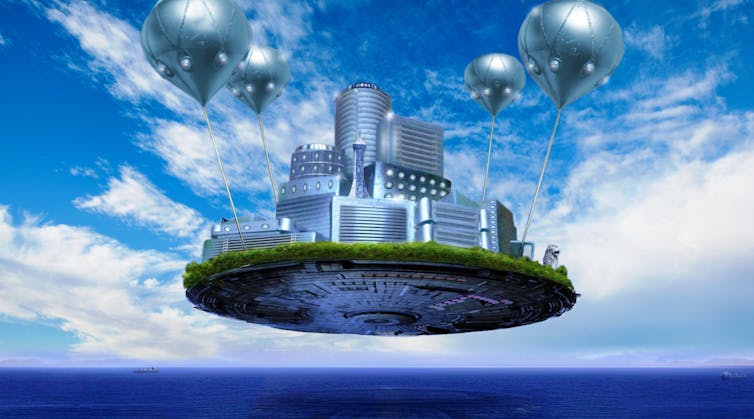
Case Study 3: Future Ingolstadt as inspired by Mary Shelley’s Frankenstein

The Frankenstein creation scene is very well known: an ambitious scientist labours with strange technologies and dead human bodies to invent a new creature. However, as soon as the creature flickers into life, the scientist is overcome with horror and runs away.
Shelley’s original novel was set in the Bavarian city of Ingolstadt. When the monster wanders through the city, townsfolk pelt him with rocks. To escape social rejection, the monster dismisses the city to live in a nearby forest where he joyously communes with the unbiased company of nature.
In his forest home, the monster becomes fond of a refugee French family. The family have been exiled from their homeland because of the French Revolution and are living in a little cottage in the Ingolstadt forest. Though the monster dare not show his face to them, the refugee family still fills him with hope. After all, they are outcasts like him, yet they nevertheless appear loving and happy.
Every day, the monster wanders among the trees to collect food and firewood; laying it secretly at the door of the family’s cottage. The family never discover who their kindly helper is. Maybe a “forest angel”, they conjecture.
Motivated by the creature’s elevation from “monster” to “angel”, we arrive at the following design for future Ingolstadt.
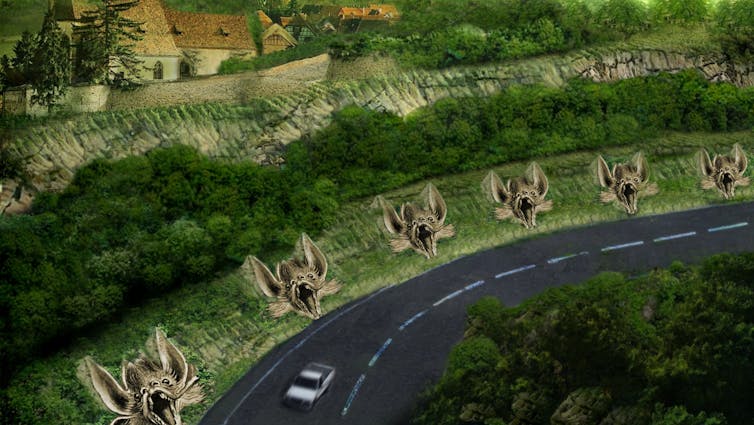
The main feature is a “bat-faced barrier” whose huge monstrous 3D faces – drawn from the structure of real-life bats – reflect traffic noise back at the cars driving on the highway. Through this means, the forest surrounds can remain peaceful and undisturbed.
The power of literature
Literature usually does far more than entertain; it narrates upon the complicated challenges of life – often from the point of view of individual characters as they engage with the wider social world.
The future is not opened up by just statistics or with advancing technology. It also involves an array of human responses to the changing patterns of society. Works of fiction are well placed to explore just how complicated and varied and unpredictable these responses can be – as they unfold their plots with peculiar characters and particular conflicts. Thus, anyone who contemplates the future of cities in any way could benefit from the Literary Method of Urban Design since it may very well prompt a broader outlook on the dangers and opportunities that lie ahead.
If none of the stories above seems very apt, then you may of course look to your own favourite novels or national literature. These works could then help you creatively prevision a design for your own city in the future.

